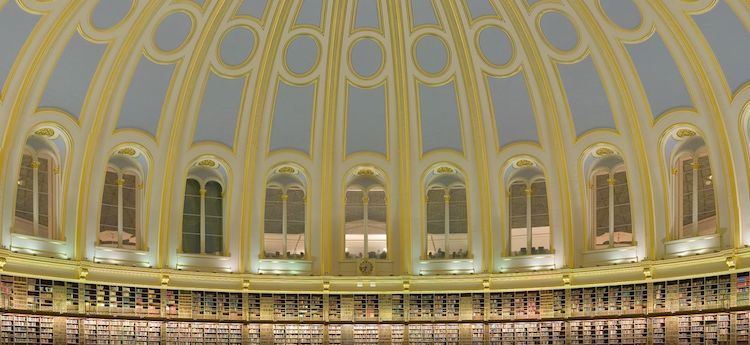El Castillo
Dublin Core
Title
El Castillo
Subject
The great stepped pyramid called El Castillo, visually and symbolically powerful, dominates the remains of the ancient Maya city Chichén Itzá. This pyramid is a culture's connection to their god; an example of art being utilized for religious purposes. It is said that the structure functions as a sort of three-dimensional diagram of the universe, mapping out both time and space while simultaneously revealing the relationship between the realm of humans and the sacred Otherworld.
Description
El Castillo has four symmetrical sides that radiate from a central axis atop which sits a temple structure. Ninety-one steps run down each of the structure’s sides. When the top level of the pyramid is included, the total number of steps at El Castillo adds up to 365, the number of days in a year. The structure itself takes the form of a sacred mountain, believed by the ancient Maya to be a portal to the heavens.
Creator
Unknown architect(s), Mayan, Chichén Itzá, Yucatan, Mexico
Source
Freidel, David, Linda Schele, and Joy Parker. Maya Cosmos. New York: HarperCollins, 1995.
Publisher
Michele Falzone/JAI/CORBIS
Date
ca. 800–1000
Format
Made of stone. Height: approx. 79 ft. (24 m.)
Language
Spanish
Type
Religious nature
Coverage
This resource is relevant under the topic of how art functions as an instrument for religious purposes, and the differences in religious art that can be seen between different cultures.
Citation
Unknown architect(s), Mayan, Chichén Itzá, Yucatan, Mexico, “El Castillo,” Class Projects, accessed May 18, 2024, https://davidsquires.org/omeka/items/show/51.

